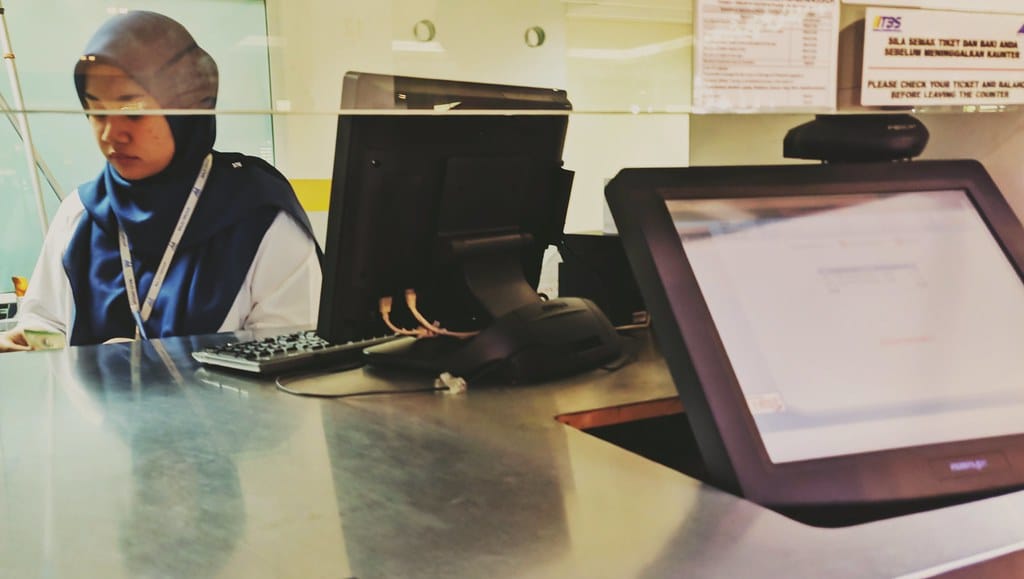The Great Return-to-Office Debate: New Book Challenges Hybrid Work as "Productivity Killer"
A provocative new book is stirring the pot in the ongoing battle over workplace flexibility, boldly claiming that hybrid schedules are fundamentally flawed and that physical office presence remains irreplaceable for motivation, learning, and career advancement. The timing couldn't be more contentious, as employers and employees continue wrestling with post-pandemic work arrangements.
The Anti-Hybrid Argument Gains Steam
While most organizations have settled into hybrid models as a compromise between employee preferences and management concerns, this latest challenge to remote work flexibility argues that half-measures are actually worse than either fully remote or fully in-person arrangements. The book's central thesis suggests that hybrid schedules create a "worst of both worlds" scenario—diluting the benefits of face-to-face collaboration while failing to deliver the focused productivity that full remote work can provide.
The argument hinges on several key points: inconsistent team availability, reduced spontaneous interactions, and what the authors term "collaboration fragmentation." When some team members are in the office while others dial in from home, meetings become awkward, impromptu discussions disappear, and office energy flatlines.
The Learning and Mentorship Gap
Why Junior Employees Suffer Most
One of the book's most compelling arguments centers on professional development. Research consistently shows that junior employees benefit significantly from proximity to senior colleagues—not just during scheduled meetings, but through overheard conversations, casual questions, and observing how experienced professionals handle challenges in real-time.
"Water cooler learning" isn't just corporate speak—studies indicate that up to 70% of workplace learning happens informally. When hybrid schedules scatter these interactions across different days and locations, new hires and early-career professionals miss critical development opportunities that can't be replicated over Zoom.
The Mentorship Challenge
Traditional mentorship relied heavily on serendipitous interactions and easy accessibility. A quick question to a senior colleague could evolve into valuable career guidance. Hybrid schedules make these moments rare, forcing mentorship into formal, scheduled interactions that lack spontaneity and natural flow.
Data Points Supporting Office Return
Recent surveys reveal interesting patterns that support some of the book's claims:
- Companies with mandatory in-office policies report 23% higher employee engagement scores among teams that work together physically
- Project completion times average 15% faster for fully co-located teams versus hybrid arrangements
- Employee promotion rates show a notable gap, with in-office workers receiving 31% more promotions than their hybrid counterparts
However, these statistics come with important caveats about sample sizes, industry variations, and the challenge of isolating variables in workplace productivity studies.
The Counterargument Remains Strong
Despite these compelling points, the book's thesis faces significant pushback from the overwhelming body of research supporting flexible work arrangements. Employee satisfaction surveys consistently show that hybrid options rank as the top factor in job satisfaction, often outweighing salary considerations.
The productivity debate remains complex. While collaboration may suffer in hybrid environments, individual deep work often improves dramatically when employees can control their environment and minimize interruptions.
What Companies Are Actually Doing
Real-world implementation tells a nuanced story. Tech giants like Google and Apple have experimented with various return-to-office mandates, often facing significant employee resistance. Meanwhile, companies like Atlassian and GitLab have doubled down on remote-first policies with measurable success.
The most successful organizations appear to be those taking a data-driven, role-specific approach rather than blanket policies. Sales teams might thrive with in-person energy, while software developers often prefer the focus that comes with remote work.
The Verdict on Workplace Flexibility
While this new book raises important questions about hybrid work's effectiveness, the reality likely lies somewhere between the extremes. Rather than viewing this as a binary choice between office and home, organizations might benefit from more intentional design of when, where, and how different types of work happen.
The key takeaway isn't that hybrid work universally "doesn't work," but that many organizations have implemented it poorly—treating it as a scheduling compromise rather than a strategic decision. Companies succeeding with flexible arrangements invest heavily in collaboration tools, redesign office spaces for when people are together, and create clear expectations about in-person versus remote work.
As the workplace continues evolving, the most valuable insight may be that one size doesn't fit all—and that both critics and champions of hybrid work have valid points worth considering.
